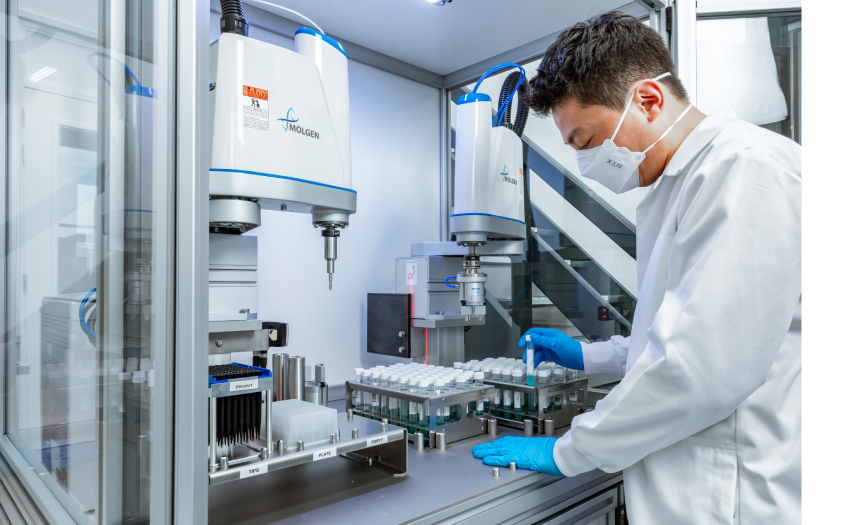China Prioritizes Formulations
China will always be a technical powerhouse. With 2.65 million tons of total output in 2011 and new capacity being built each day, it is the lead source for the world’s active substances and almost all of the raw materials needed for agrochemicals around the world.
But technical grade products are just the beginning of China’s importance on the global stage. For the first time in 2011, Chinese producers exported more formulated products – 750,000 tons – than its technical grade products – 670,000 tons – according to Dr. Ye Guibiao, director of ICAMA, the Institute for the Control of Agrochemicals for the Ministry of Agriculture.
Increasing costs of labor, land and raw materials, and more stringent environmental and facility requirements are beginning to turn China into a producer of notable brands, especially domestically and regionally.
It is more than a movement; it is a mandate. At the CAC conference in Shanghai last month, each government minister, association leader, researcher and private industry mogul reinforced the same message: China must grow its brands to maintain its relevance and growth strategy in the global marketplace. It is even written into the country’s 12th Five-Year Plan. The government offers tax breaks on finished goods compared to technical-grade products.
There will always be toll manufacturing. In no small way, the real reason China’s formulated exports hit 53% this year is because of large-scale outsourcing from multinational companies. Large-scale production of finished goods for multinationals will never go away. They are profitable for every stakeholder, including the governments that reap import and export duties, albeit smaller than technical material.
The real shift will occur at the mid-scale and small-scale facilities that formulate small batches for foreign brands. Already reputable Chinese brands are gaining notable recognition and positive reputations in Southeast Asia, specifically Vietnam, Thailand, Malaysia and Indonesia. Domestically, many forget that about 60% of total Chinese sales remains in-country. As Chinese farmers continue to reap better yields from better products, there is exponential growth in one of the largest economies and the fastest-growing middle class in the world.
“We must protect our domestic enterprises by promoting our own products,” Ye says.
Further reinforcing the new direction, the second day of sessions
at CAC were technical talks about formulation optimization. This was the first year CAC has put so much emphasis on the optimization of both technical grade and formulated products.
The Takeaway
The adjuvant, inert and intermediate markets are to follow. If you are in the business of optimizing formulations, either as a consultant or as a supplier, then now is the time to stake your ground.
As with many trends in China, adoption happens at an almost unfathomable pace, especially when encouraged by the government.
This search for better formulation technology has been laying in wait for several years, and it won’t take long for companies to adopt this new mindset in droves. We are talking months, not years: first to market, first to fortune. Demand for better formulation processes, consulting knowledge, surfactants and all the other things that differentiate brands is about to explode, especially as the country becomes more competitive globally but also meets domestic demand. China imported 40% more fungicides last year than in 2010, a clear signal that governments and private industry alike will be eager to develop more in-country expertise, capacity and efficacy.






